ToxiCity: A Horizontal Collective Biennale
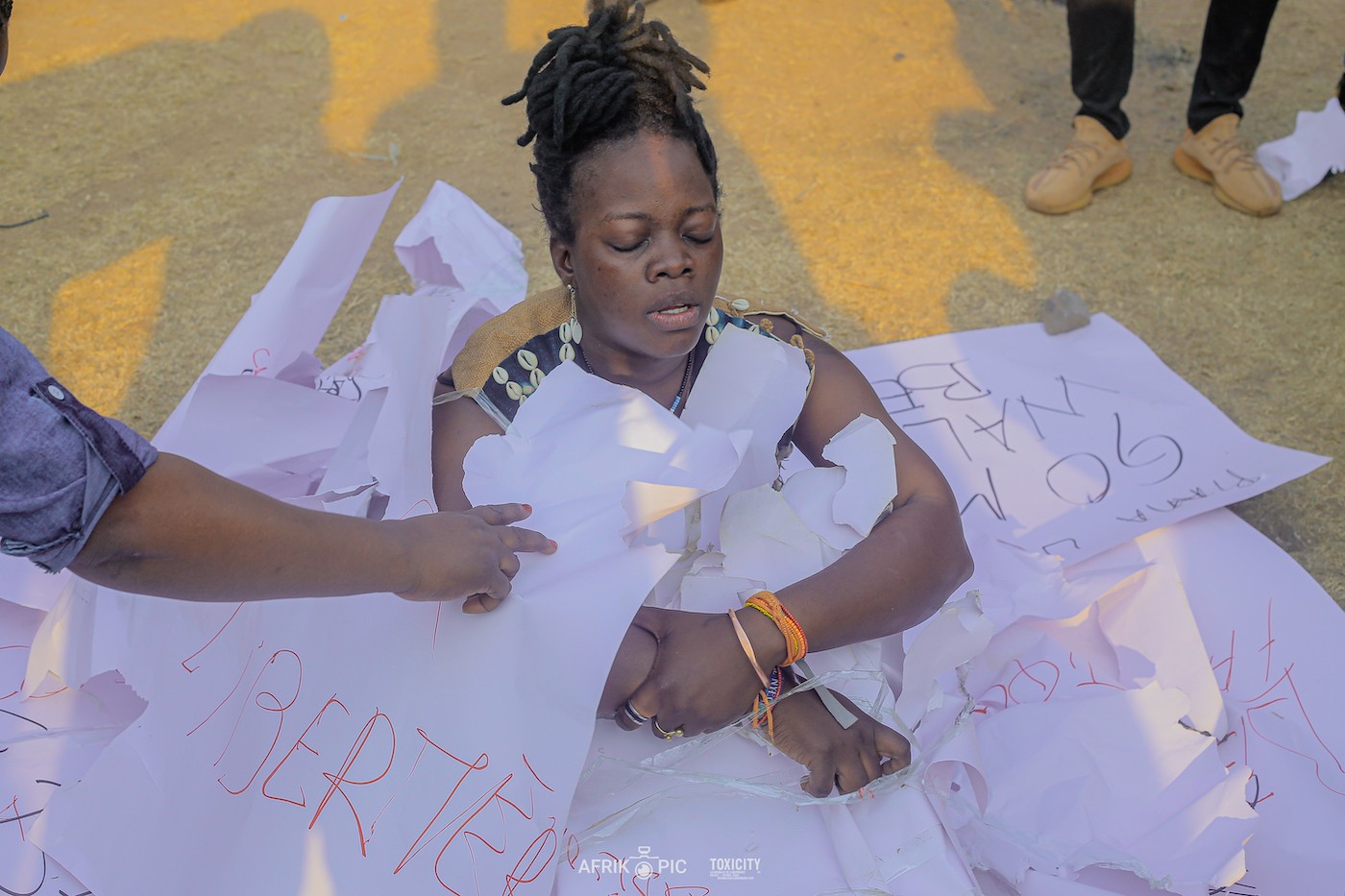
01 November 2022
Magazine C& Magazine
Words Costa Tshinzam
9 min read
Our author Costa Tshinzam visited the Biennale that is held “unmistakably horizontal and collective” from October 6 to November 6, 2022 under the artistic direction of Picha.
The 7th Lubumbashi Biennale, a self-made festival of arts, is taking place throughout the Copperbelt city from 6 October to 6 November 2022. It is powered by the collective energies of Congolese youth who want to inject life into arts and culture from Lubumbashi. This is an opportune moment to explore, “under the title of ‘ToxiCité’ or ‘ToxiCity’, the idea of toxicity as an existential condition that inevitably affects our social worlds”: the starting point for this is “the collective formulation of a critical and transformative view examining the social and cultural environment both in Lubumbashi and in the world.”
For one month, the city of Lubumbashi is given over to the exhibition of objects and artworks by sixty artists from various cities in the Congo and from its Diaspora, as well as from other African countries and the international scene. Ten sites have been chosen as venues for the exhibition in the city’s seven municipalities.
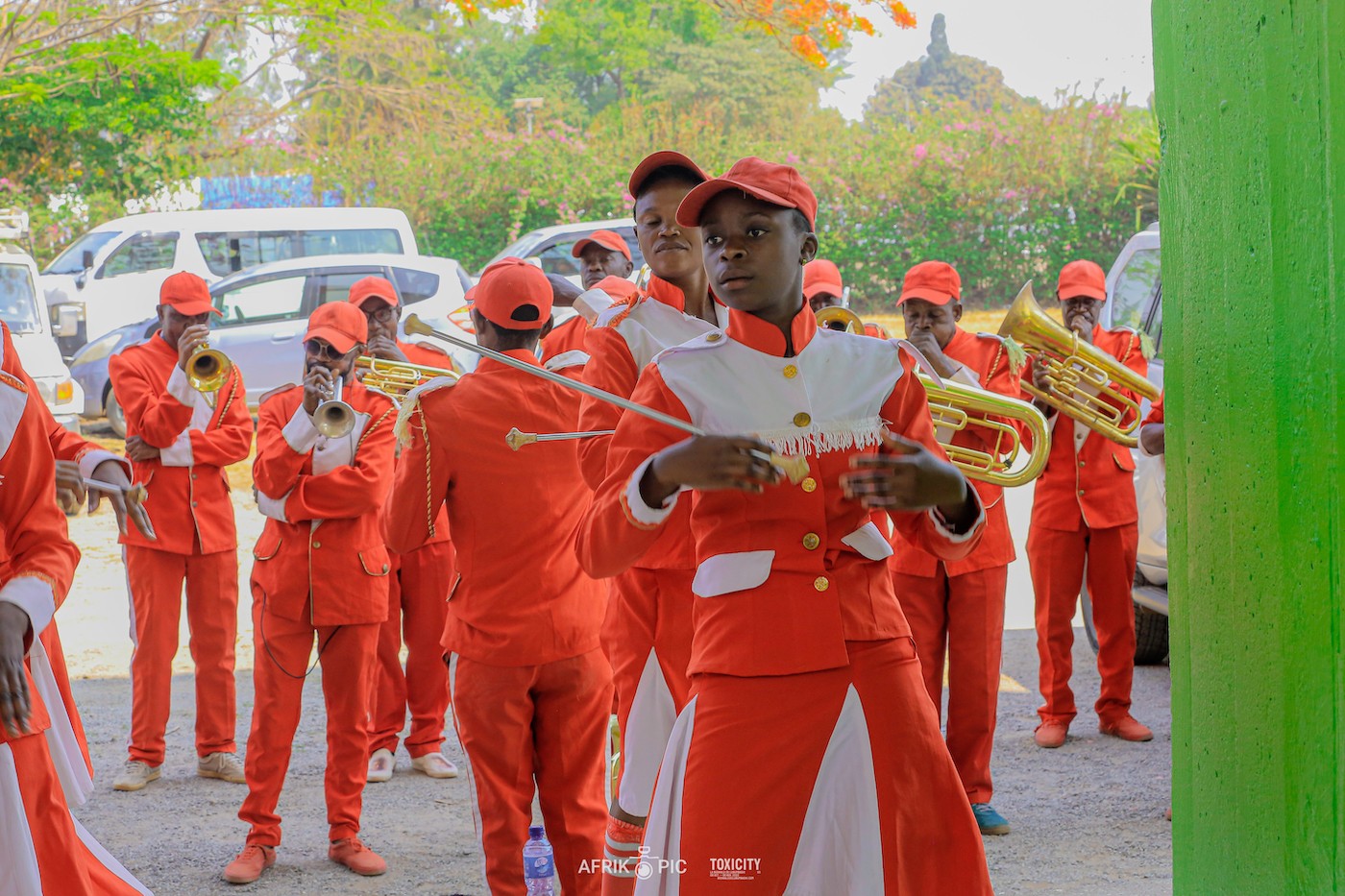
<figcaption> The city brass band performing on the occasion of the visit of the biennial by Madame Le Maire of the city of Lubumbashi, at the National Museum of Lubumbashi
The biennale also features “off-exhibitions” staged at the City Hall, the National Museum, ASBL Dialogues – Contemporary Art Gallery, Maison Wallonie-Bruxelles International, the Institut français (Halle de l’étoile), the Institute of Fine Arts, the Marcel Yabili Family Museum, Atelier Picha, the basketball court of the old Gécamines mess hall, and the Biasasa Art Center. One example here is Hadassa Ngamba’s Cuivre et oxydation urbaine (2022), which will be shown on 5 October in the multipurpose hall of the Faculty of Medicine at the University of Lubumbashi. To get its message out to the public, the organization used billboards and other outdoor advertising to plaster the city with the visual design for the biennale, which is presented as one of Africa’s most dynamic and experimental art festivals. Local radio and television networks (and even community radio stations) have been doing their bit, discussing or getting people talking about what it means to hold an event of this kind. Of particular note here are the biennale’s website and social networks (Facebook and Instagram), which are streaming multimedia data live or almost live on the opening ceremonies and debates and for the discussion program Les palabres de la biennale.
A studio for recording these Palabres has even been set up so that the discussions can go out as podcasts on the biennale website. While the Palabres panel includes a whole range of different contributors, the topics addressed are all related to the thematic focus of the contemporary art festival.
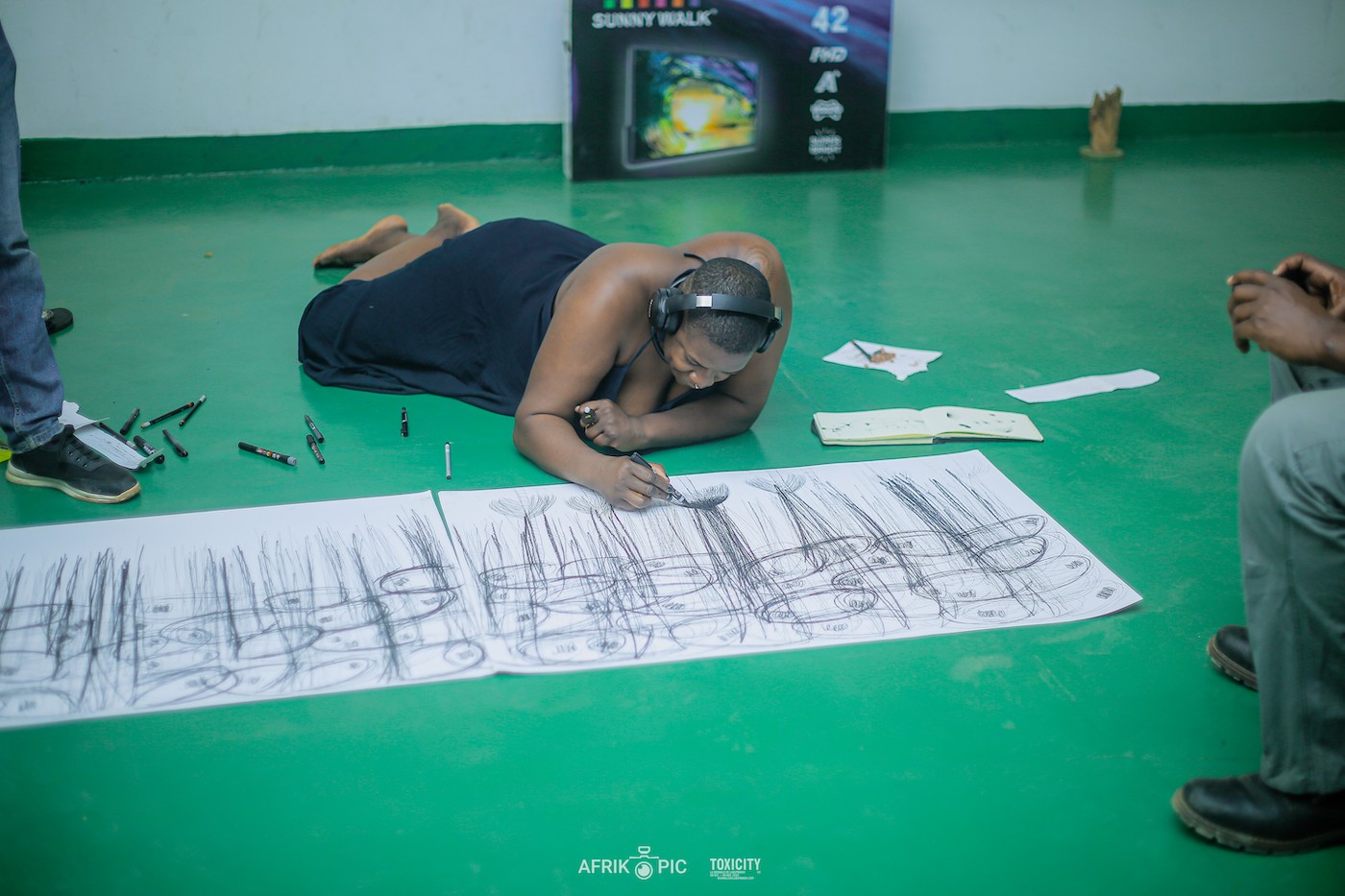
<figcaption> Artist and LGBTQ+ rights defender Pamina Sebastião, in the midst of creation
It should be noted, however, that this biennale, which was postponed because of the Covid pandemic, is unmistakably horizontal and collective. With the choice that was made to bring together five curators and a curatorial advisor to take care of the artistic direction, the desire to “develop projects that will be self-perpetuating or have longevity” has become a palpable reality. The lawyer and campaigner for LGBTIQ’+ rights Pamina Sebastião (Angola) has, in their performance, “put themself forward in their (de)construction of the body as a possible imaginary of the decolonization process” (Só Belo Even, 2020–21). For them, it’s about “finding a way of sharing and learning how to achieve a temporal transformation that allows our physical experience to extract itself from the categories of existence that have been created.” The marble engravings of Isaac Sahani Dato’s series Topos: A Metaphor of Places fill the hall of the Gallery of Contemporary Art at the National Museum of Lubumbashi, while a Tribute to Dorine Mokha, the Congolese choreographer who died unexpectedly in January 2021, allows the public to spend some moments with the artist thanks to the creativity of his associates. Titled Song of Hope (2022), Joseph Kasau’s installation uses intellectual and physical material to “bring to life the journey of the deceased.” Arguably, Lambick Meli’s immersive installation Perdure (2022) opens with an identical perspective. Two dancers occupy a kind of arena as “clones” of one another, and we see them carried away in a rush of euphoria (evidently in search of one of their own, a lost loved one whose memory they want to keep alive, the much lamented …).
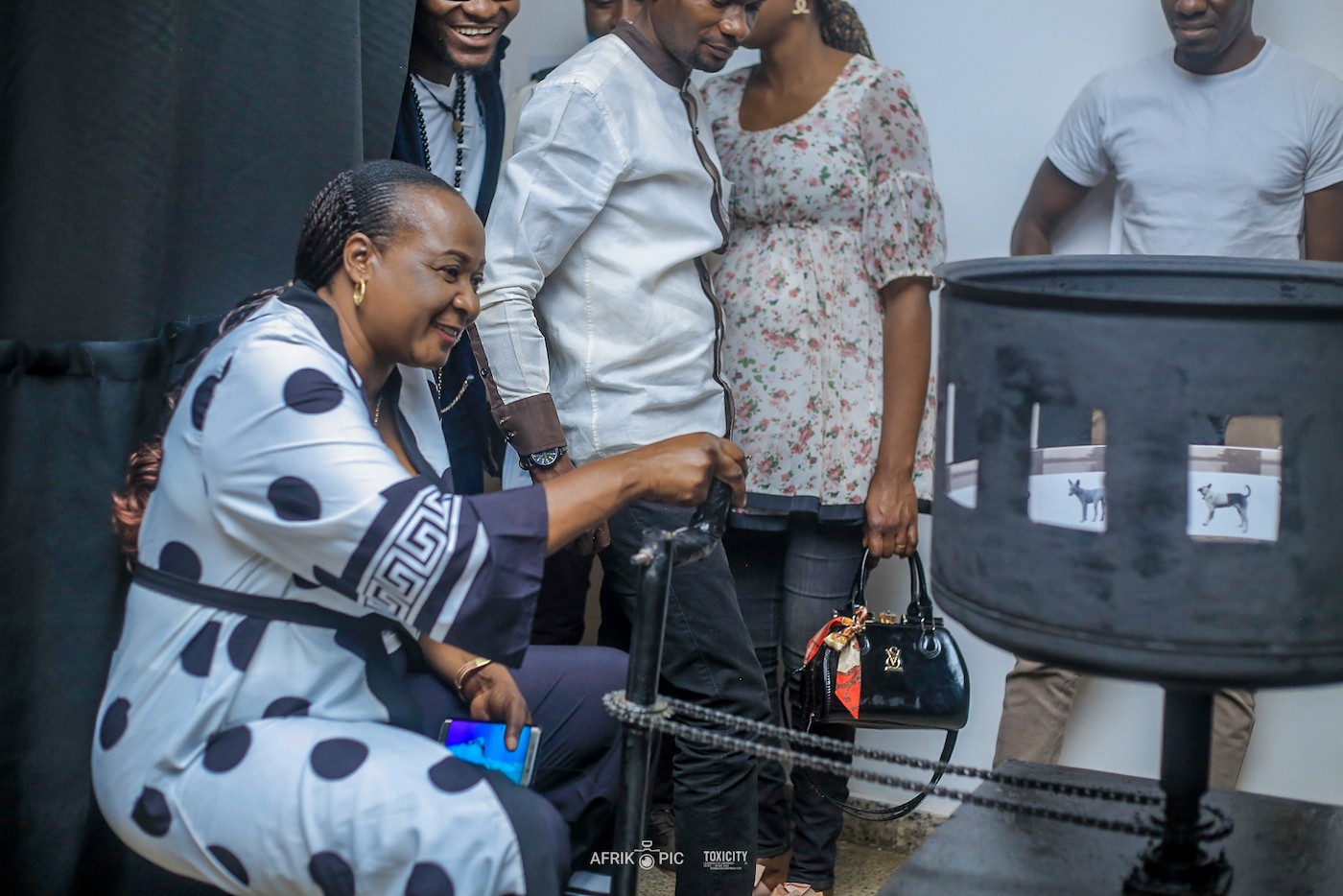
<figcaption> The "Mbwa" installation by Godelive Kasangati, in the exhibition hall of the French Institute of Lubumbashi (Halle de l'étoile)
In the Halle de l’étoile exhibition space at Lubumbashi’s Institut français, Arsène Mpiana’s photographic series Passport and the installation by Godelive Kasangati make an immediate impression. Passport looks at the way we relate to our identity, while Kasangati’s work revisits the history of the Congo and examines its links with social hierarchies and urbanization, taking as its starting point the Basenji, a breed of dog that is very well known in the Democratic Republic of Congo. Shots from the film Mawe (2022) by Primo Mauridi Jasmin (Goma, DRC)—“contemporary, indigenous images inspired by the ancestral rituals performed around the Mount Nyiragongo volcano”—are displayed on the walls of the Café de la Halle. Photos from Gloire Ndoko’s series Lolenge (Attitude) are hosted at the M’zee Health Center (ten minutes from Lubumbashi’s Institut français). Meanwhile, three photographs—laser prints of variable dimensions from the series Mukalenge Mukaji (The King Herself, 2022) by Nicole Rafiki, which reflects on the role of women in society—are hung on the walls of the passages and corridors in Lubumbashi’s City Hall.
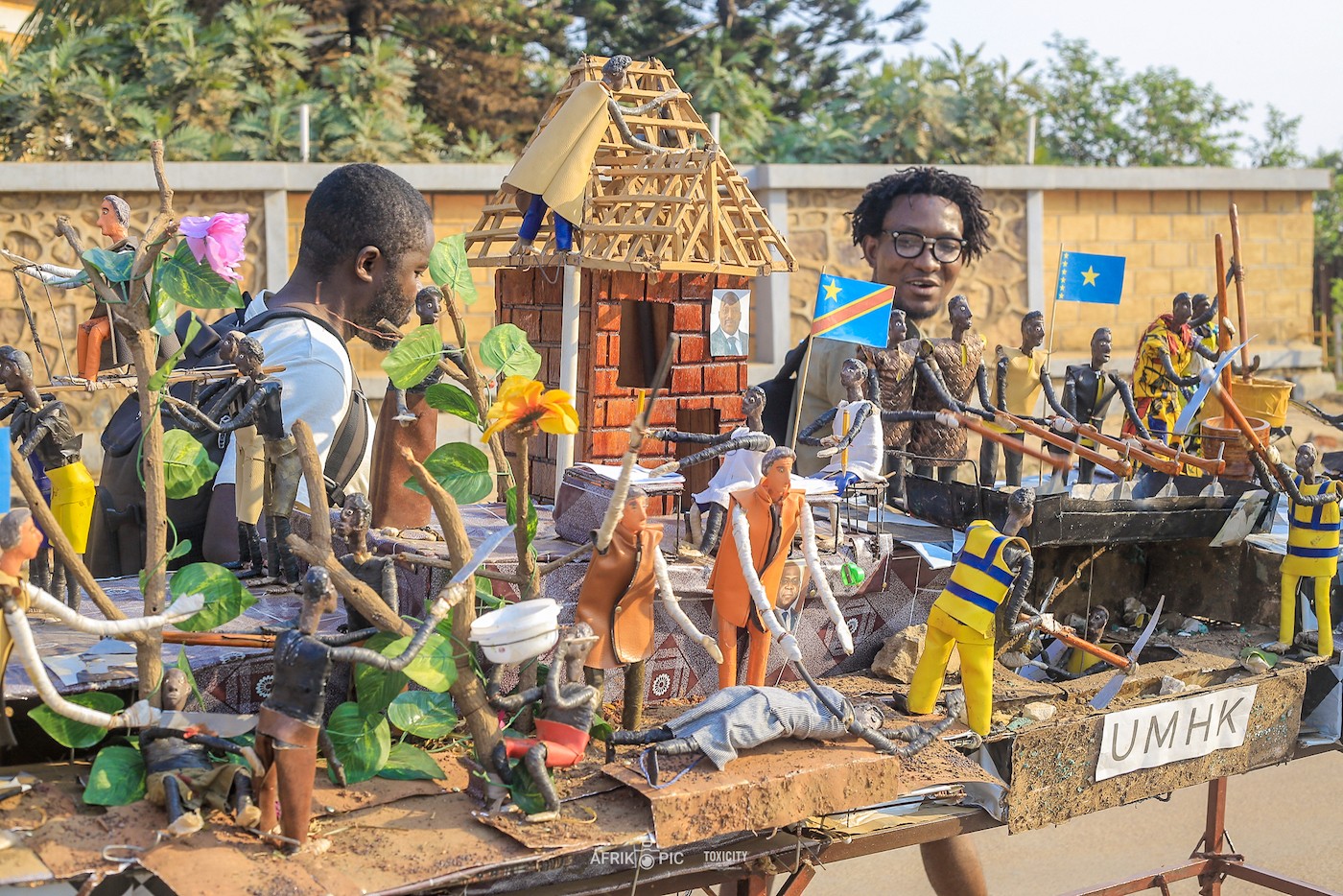
<figcaption> Work "Congo: Traces, routes and memories" (2022) by puppeteer Justice Kasongo, criss-crossing the city's arteries
Mounted on the metal mesh of the fence around City Hall, a number of photographs can be seen from the series Kazi terremines by Gulda El Magambo. The artist revisits the years when Gécamines employees were subjected to “Voluntary Departures,” while at the same time examining the local human impact of the imminent exploitation of the lithium deposit (an essential element used in the manufacture of electric batteries) discovered in Manono in Tanganyika. Pamela Tulizo takes a similar line in her series Matrix (2022), which shows women working in the mines from different perspectives—sometimes we see them in a Tesla, sometimes with a computer or the latest cell phone, even as their real social situation remains unchanged. The icing on the cake is Alexandre Mulongo Finkelstein’s installation The Invisible Recyclers (2022), which can be found at Maison Wallonie-Bruxelles International. In it, we see a bicycle carrying four second-hand car batteries and a loudspeaker perched on the handlebars, playing a loop of a voice calling on people to sell their used batteries. As the artist explains, “The idea is to get people to think about the problem of recycling the batteries of electric cars—these will be produced using lithium and a lot of other minerals from the Democratic Republic of Congo.” Femke Herregraven’s Timeline, which is on show at Maison Wallonie-Bruxelles International, rolls out the history of mining in the DRC in a massive metal cylinder on a long carpet. “It goes from 1890 (when tin was first mined in Manono) to the announcement that AVZ Minerals will begin lithium extraction in Manono in January 2023.” Italian artist Luigi Coppola’s Ex-Situ—a work centered on various endemic plants capable of restoring the soil—is a response to the many problems associated with the mining of natural resources. The work can be seen at the Institute of Fine Arts.
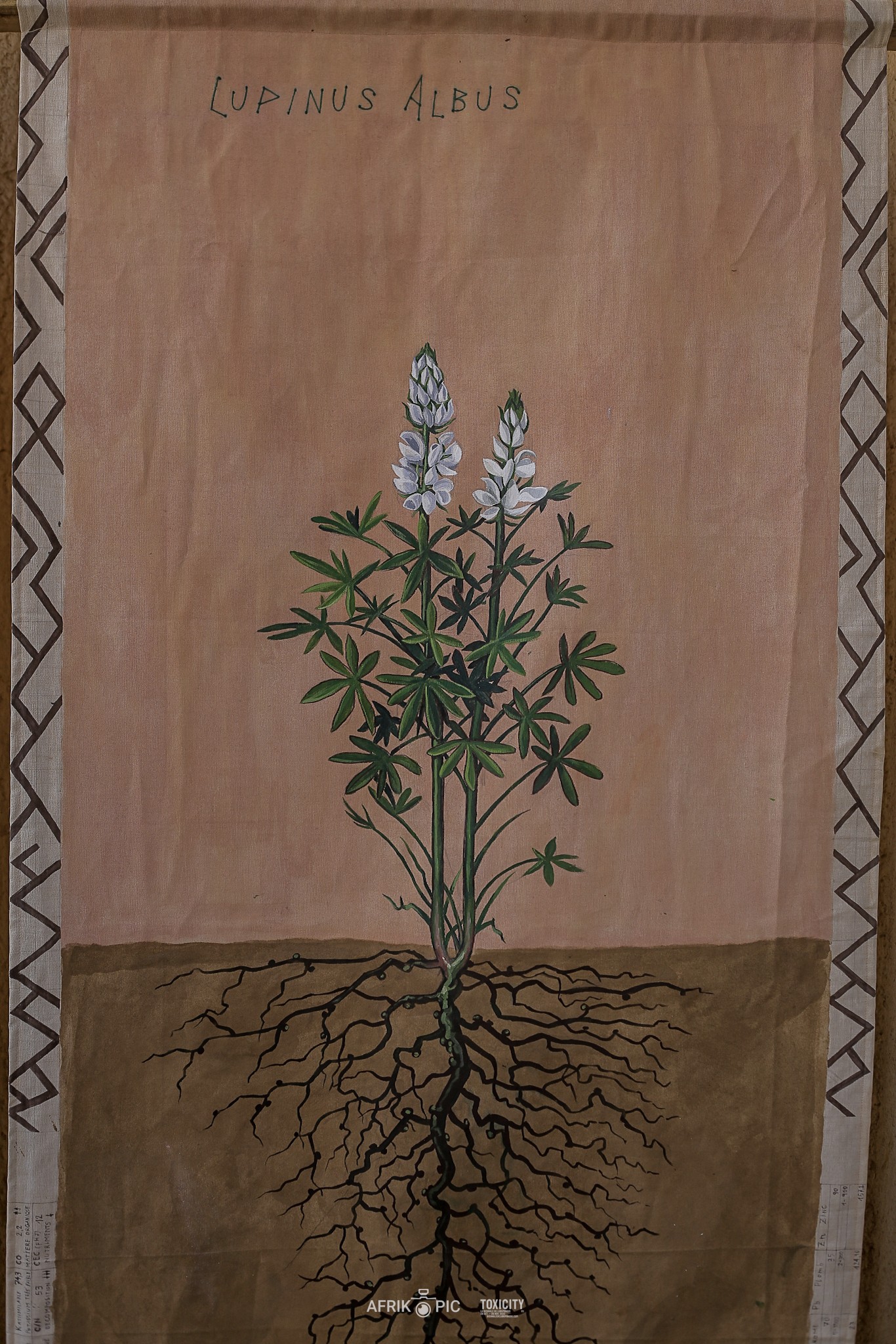
<figcaption> One of the 12 banners of the work "Ex-situ" by the artist Luigi Coppola, exhibited at the Institute of Fine Arts
At the Marcel Yabili Family Museum, Ariel Kasongo’s Pillars sets out “to (re‑)establish a positive vision of Kamalondo”, the city’s first indigenous district, which is too often caricatured as an “atmospheric” area where moral depravity is rife.
Conceived by Sinzo Aanza and staged at Cercle Makutano on October 8, 2022, the concert performance The Uninterrupted Song for the City featured guitarist Vicko Tengwa. Another eye-catching work is Sonia Cunliffe’s Todos los nombres (All the Names), taken from Teodoro Bullon’s archives. Her work presents photography as a metaphor, drawing on “the story of a small community where the glass plates discarded by a photographer are used for window panes when Kodak film appears on the market.”
The book Machini, an adaptation of the successful film by artist-directors Frank Mukunday and Tétshim, premiered at the 7th Lubumbashi Biennale, where it was well received. The few copies available sold like hotcakes, snapped up by an audience desperate to have them signed by authors Frank Mukunday, Tétshim, and Alexandre Mulongo Finkelstein.
The idea of a collective biennial is a reflection on ways of conceiving, imagining, dreaming, creating, and living art. This comes across clearly in the implementation of the project Une maison en commun (A Communal House).[1] Moreover, by allowing anyone who wants to, to examine the issues surrounding the Biennale, Les palabres de la biennale turns these people into actors contributing to a creativity that is increasingly vital to the city’s standing.
Isn’t this a way of making art a real lever of development in a city where infrastructure and resources are sometimes lacking?
Have a good biennale!
Costa Tshinzam is a writer, blogger, and author who is a member of the Habari RDC community. He is a mentor for the C& critical writing workshop in Lubumbashi, where he lives and works. Translated by Simon Cowper.[1] As Lucrezia Cippitelli, curator and artistic director of Atelier Picha, explains, “This is a project to transform the Picha Art Center into a space of collective conviviality centered on the facilitation of a fab lab in Picha and the construction of a communal kitchen and a space for recycling and producing furniture and analog and digital work tools.”
Read more from

MAM São Paulo announces Diane Lima as Curator of the 39th Panorama of Brazilian Art

Naomi Beckwith Unveils Core Artistic Team for documenta 16

Fundação Bienal de São Paulo Announces List of Participants for its 36th Edition
Read more from

Irmandade Vilanismo: Bringing Poetry of the Periphery into the Bienal
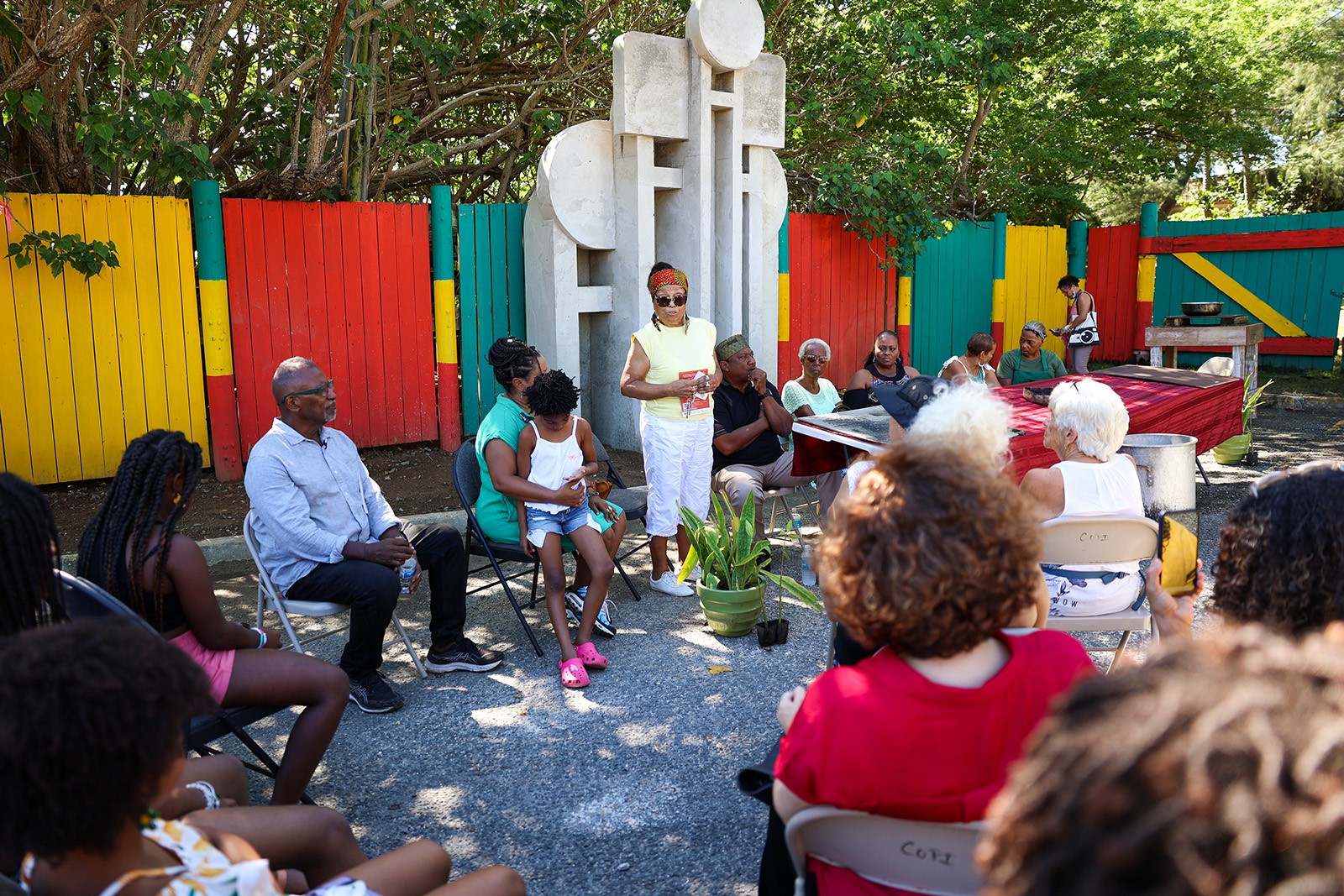
I Am Monumental: The Power of African Roots
